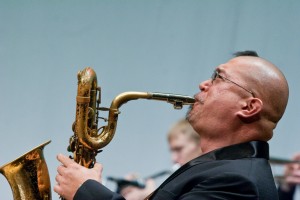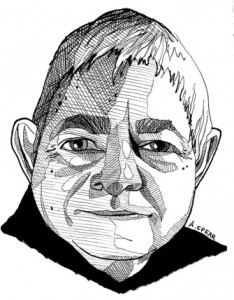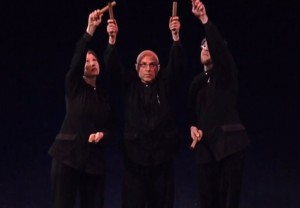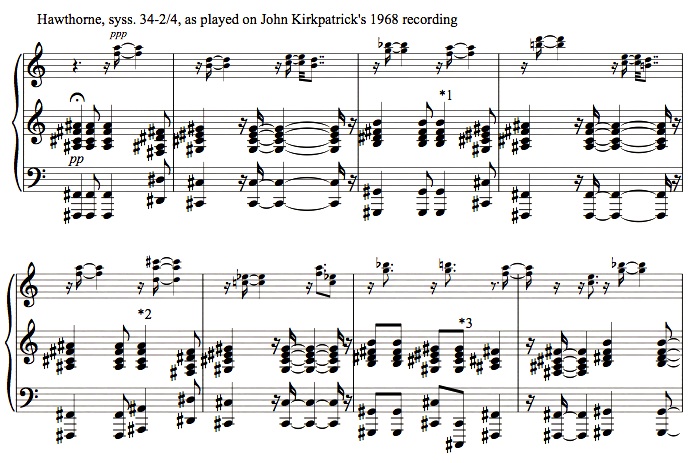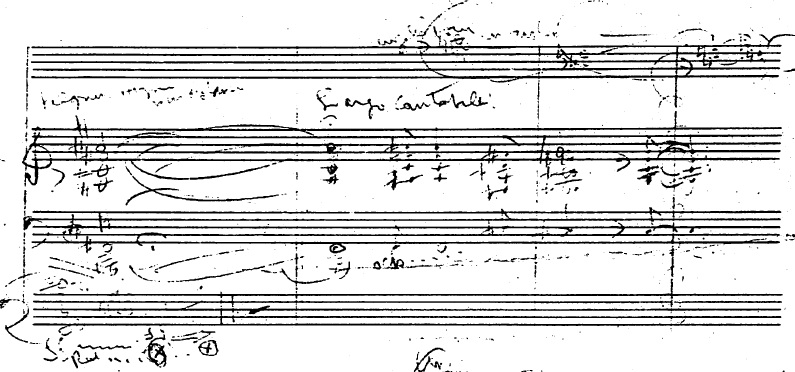This morning I dreamed, honest to god, that an editor was coaxing me to write an online music theory text. So I started mapping out, on paper, a starting point and an endpoint, and a tree diagram of ways to get from one to the other. At the point where you study triads, both classical and jazz terminology would be given. Then, to go to seventh chords, if you click on classical it will take you to a page on the five standard classical seventh chords, or if on jazz, to a page with the seven or eight or nine (depending on who I’ve been taking advice from) jazz seventh chords. The jazz links eventually ended up in modal improv, and the classical links in set theory. The pop/folk route had a shorter trajectory. But it was a complete multicultural approach  to theory through which one could ultimately learn pop, jazz, and classical theory.
Not that I ever want to write any such thing. I have no (waking) interest in packaging information that’s already common knowledge, and I think writing theory texts is deadly for a composer’s reputation (think Piston and Kennan). I much prefer telling people things that no one already knows. But I certainly wish I had a resource like the one I dreamed.



